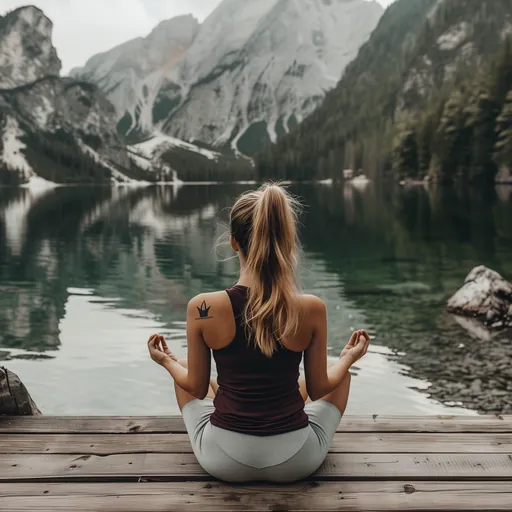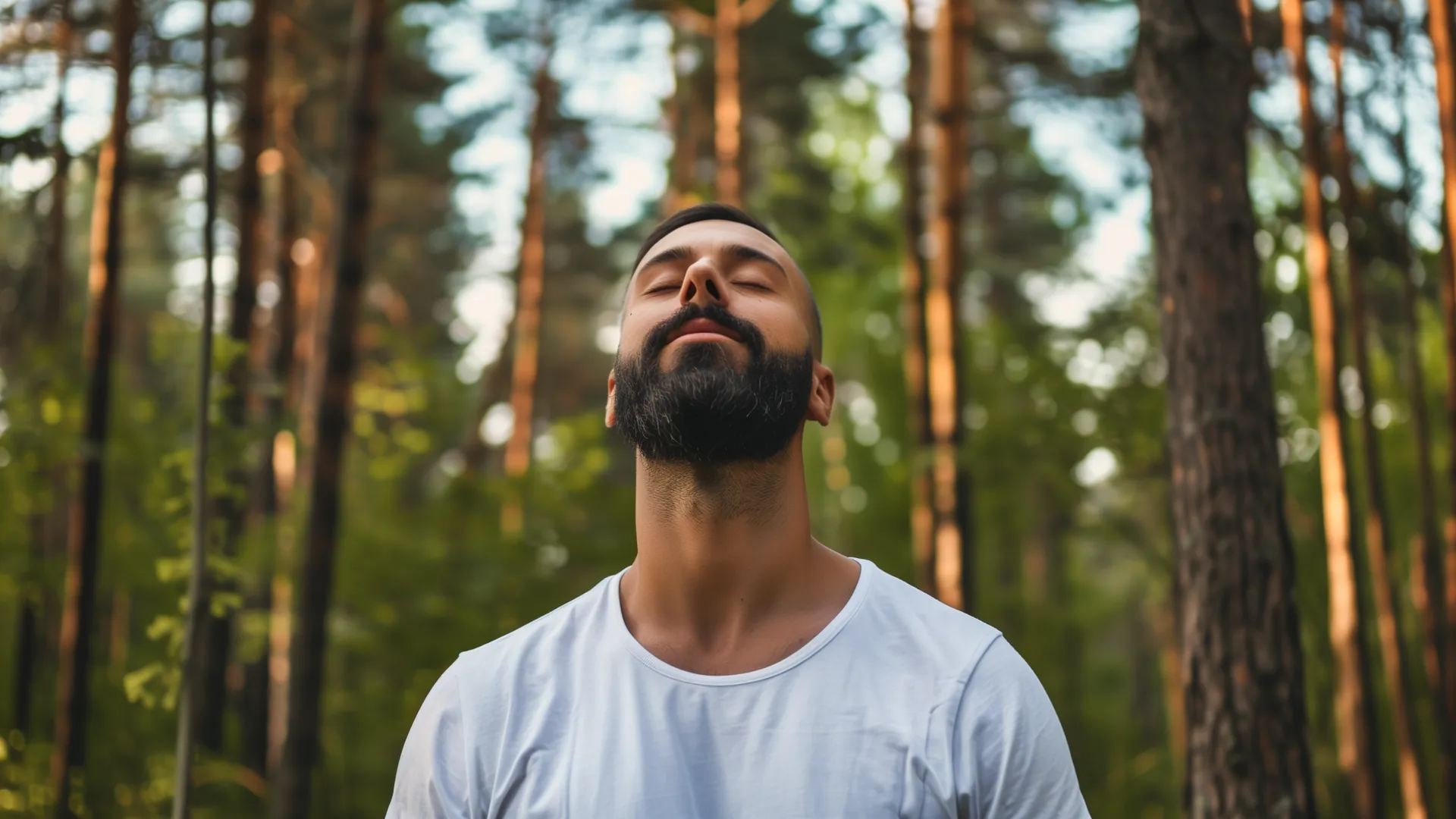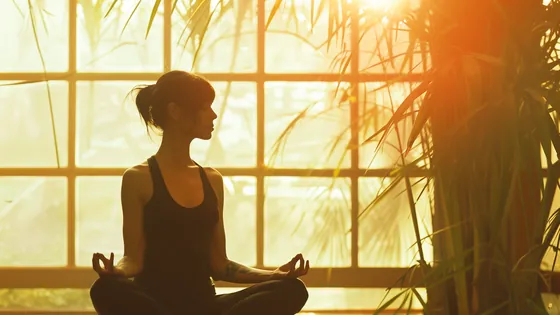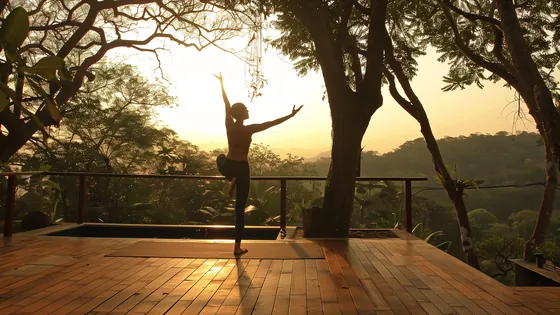Meditation serves as a valuable technique for cultivating psychological stability and sharpening focus. Although starting to meditate might initially seem daunting, leveraging appropriate strategies can simplify the learning of foundational meditation principles with minimal stress. This document introduces entry-level meditation techniques ideally suited for newcomers to the practice.
Concentration on Breathing

The act of breathing transcends its essential physiological role, doubling as a potent tool for mental and emotional balance. The practice of focusing on one’s breathing ranks among the earliest and most beneficial meditation techniques, equally suitable for beginners and seasoned meditators. It aids in mental calming, stress reduction, and the attainment of deep inner calm.
What Is Concentration on Breathing
Concentration on breathing is a meditation type where the practitioner directs their focus entirely on feeling each breath as it enters and leaves the body. This method doesn’t need special equipment or specific conditions and can be undertaken at any place and time. The primary aim is to observe one's breathing consciously, without attempting to influence or direct it.
Techniques for Concentrating on Breathing
- Location Selection: Identify a tranquil environment where you won’t be interrupted.
- Comfortable Seating: Ensure you are seated comfortably, maintaining a straight posture. Opt for a chair or a cushion on the floor with legs crossed.
- Breath Awareness: With eyes closed, shift your focus to the natural rhythm of your breathing, being mindful of each inhalation and exhalation.
- Counting Breaths: To improve focus, count each breath cycle up to ten and then restart the counting.
- Engaging in Visualization: Imagine that with every inhalation, your body is infused with vitality, and with every exhalation, it releases stress and fatigue.
Meditation on an Object
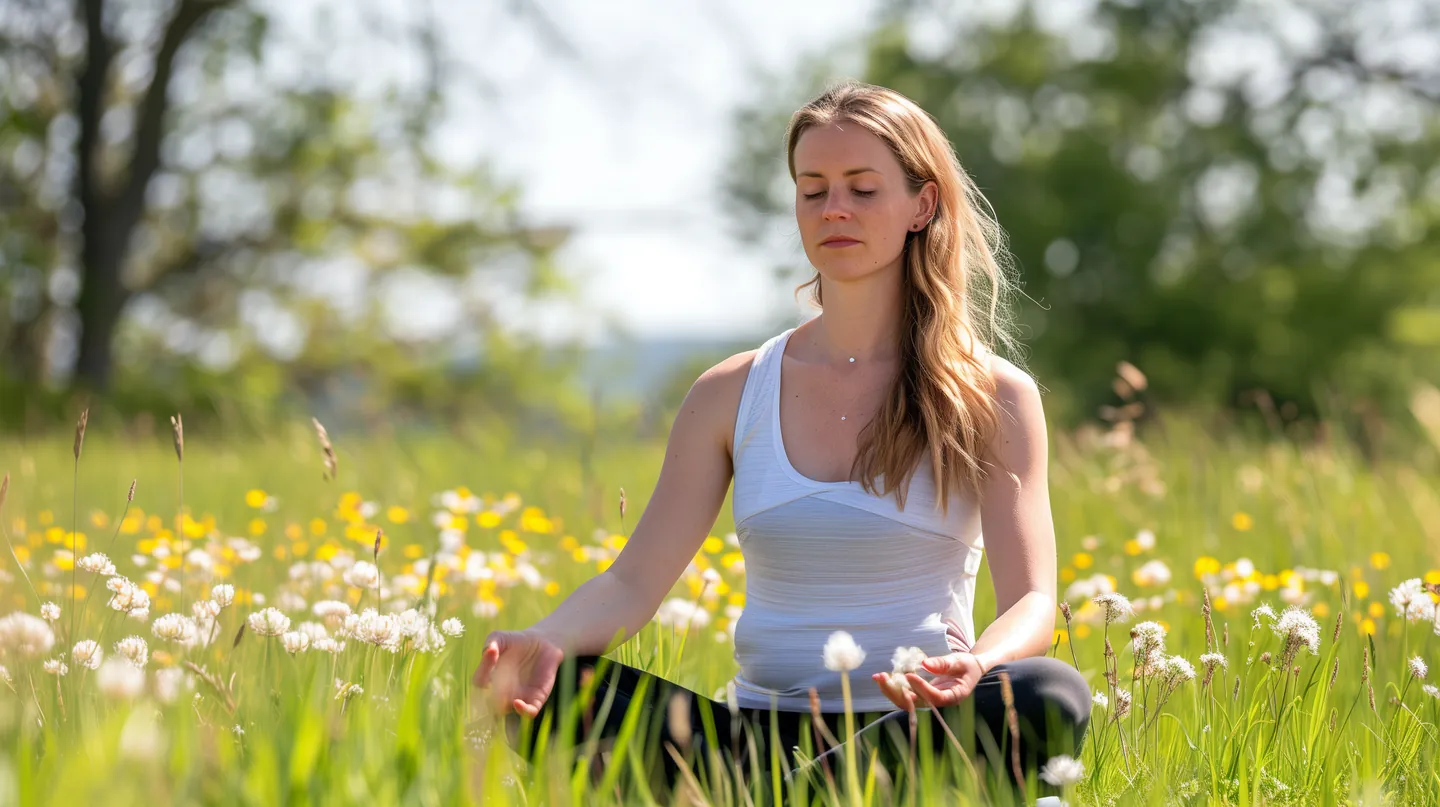
This type of meditation focuses on achieving deep relaxation and heightened concentration by fixating on a single physical object. This method effectively minimizes internal chatter and enhances the ability to concentrate deeply.
Forms of Object Meditation
- Candle Gazing (Trataka): This involves staring at a candle flame, beneficial for improving visual focus and fostering inner peace.
- Sound Focus Meditation: Concentrating on specific sounds, such as the rustling of leaves or the melody of birds, can induce relaxation and serenity.
How to Engage in Object Meditation
- Object Selection for Meditation: Choose an object that appeals to you and that you can comfortably look at for a long time without discomfort.
- Preparation for Meditation: Locate a quiet, comfortable space where you will be undisturbed. Position the object at a suitable level for easy viewing.
- Observing the Object: Focus entirely on the object, examining its texture, color, and form. If your mind starts to drift, gently redirect your attention back to the object.
- Duration of Meditation: Start with shorter periods such as 5-10 minutes and gradually extend the time as you enhance your concentration abilities.
Walking Meditation

Walking meditation is a practice focused on mindful walking, where attention is paid to the sensations experienced during movement. It involves noticing the body's motions, the feel of the feet touching the ground, and the environment's ambiance. This practice is often employed to synchronize mind and body and is commonly used to reduce stress and improve focus.
Techniques for Walking Meditation
- Selecting an Ideal Location: Opt for tranquil spots such as peaceful parks or seldom-used trails where you can walk freely without obstructions.
- Setting Intentions: Before you begin, establish your goal for the session, whether it be to unwind, find solutions, or simply savor the experience of walking.
- Synchronizing Breath with Movement: Match your breath to your stride, such as taking four steps on an inhale and four on an exhale.
- Conscious Awareness of Each Step: Focus on the feel of each foot making contact with the ground and the transfer of weight from one foot to the other.
- Using Mantras: Quietly recite a mantra or positive affirmation with each step to sharpen focus, for example, "rise and proceed, settle and relax."
Mantra Meditation

Employing repeated sacred phrases or words, mantra meditation is a time-honored method prevalent in diverse spiritual traditions to enhance mental calmness and emotional stability. This technique enriches the meditative state and heightens awareness.
Executing Mantra Meditation
- Choosing a Mantra: Select a mantra that aligns with your personal feelings or has special meaning to you. It could be a traditional Sanskrit mantra like "Om" or "Om mani padme hum," or any other phrase that elicits positive emotions.
- Preparing the Meditation Environment: Secure a calm spot devoid of interruptions.
- Establishing a Meditation Posture: Position yourself comfortably with an erect spine. You may sit on a chair or in a cross-legged position on the floor.
- Engaging in the Meditation: Shut your eyes, breathe deeply a few times to relax, and begin reciting your chosen mantra. You can express it audibly, softly, or silently, progressively immersing into the resonance and significance of the mantra.
- Meditation Duration: Start with brief sessions, around 5-10 minutes each day, and incrementally extend the duration as your expertise grows.
Conclusion
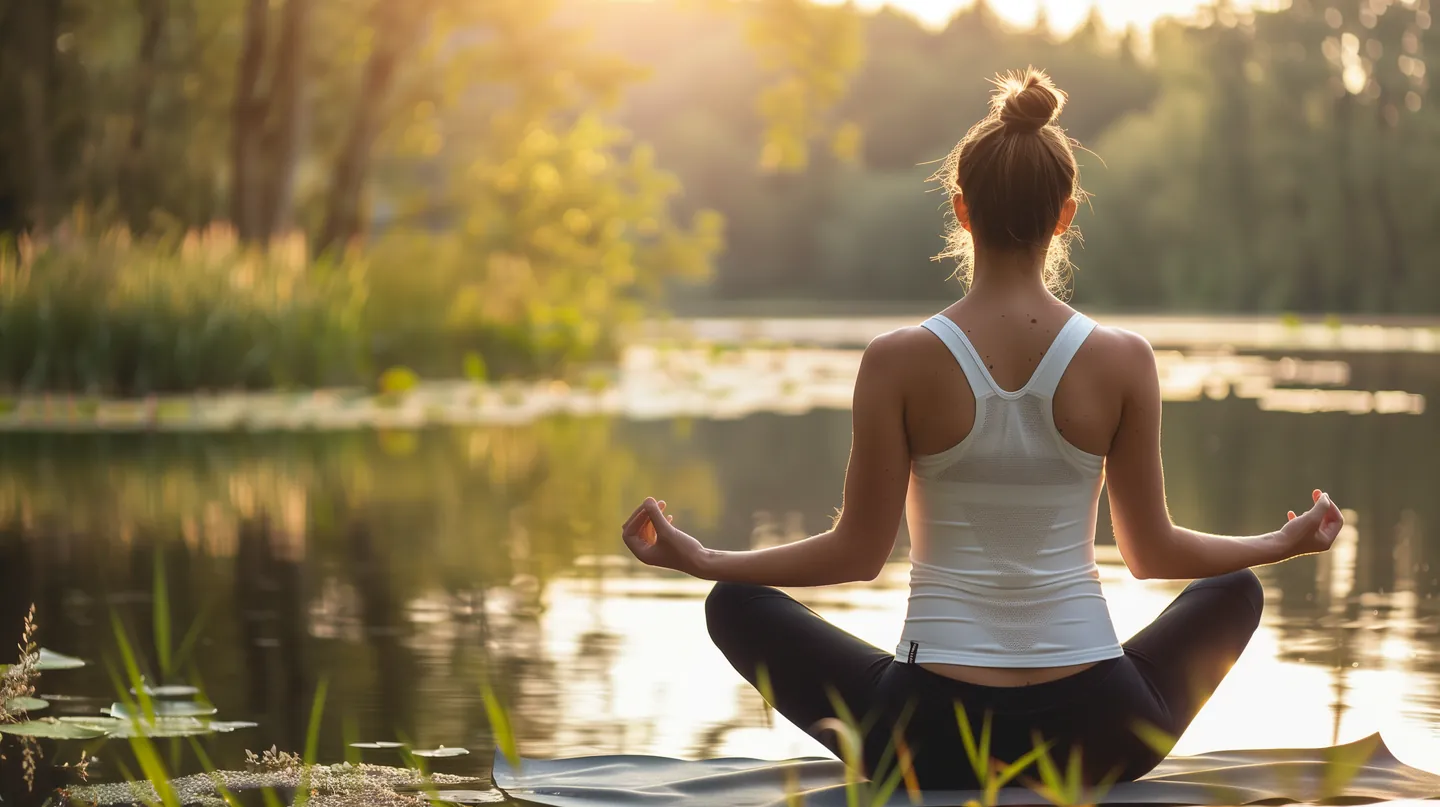
Embarking on the path of meditation can profoundly enrich one's life, bolstering mental and physical health. Starting with straightforward practices like focusing on breathing, meditating on objects, engaging in walking meditation, and chanting mantras, you will gradually learn to manage your thoughts and emotions, achieving a state of inner peace and balance. Each technique offers unique advantages and can be customized to individual preferences and needs. Begin with brief sessions, slowly extending your meditation time, and patiently progress in your practice. Remember, meditation is neither a competitive activity nor a duty but a journey toward achieving inner peace and enhancing life quality.
